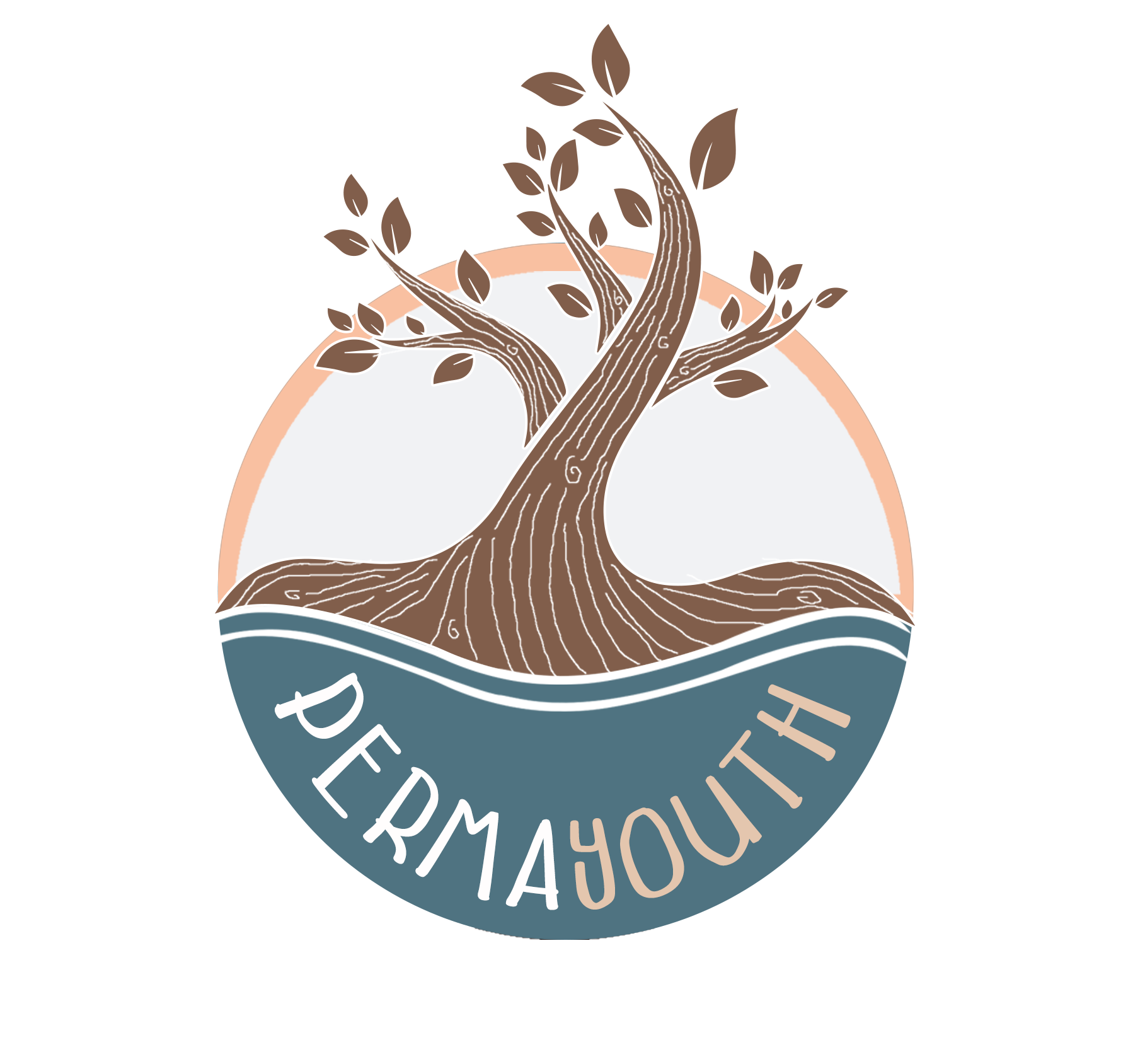Introduction to the Lesson
🌿 Welcome, Perma People! The world is changing fast—are we ready? 🌍
Imagine a world where the way we grow food, build communities, and interact with nature is not only sustainable but actually improves our planet. Permaculture is the design part of the answer! In this lesson, we’ll explore:
- What permaculture is and why it matters.
- How nature already holds the blueprint for sustainable living.
- The three guiding ethics that shape permaculture.
Why is this important? 🌱 Climate change, economic inequality, and social challenges are reshaping our world. Permaculture offers solutions that work with nature rather than against it. Let’s dive in!
Main Lesson Content
🌎 Act 1: What is Permaculture?
Permaculture is more than gardening—it’s a design system for creating sustainable ways of living. Developed in the 1970s by Bill Mollison and David Holmgren, it is inspired by how natural ecosystems function. 🌱
Example: In Sicily, an informal movement of farmers, artisans, and educators have used permaculture to create community-driven sustainability projects. They collaborate to share knowledge, restore soil, and design resilient food systems. 🍎🥬
🔄 Act 2: Nature’s Blueprint
Nature has no waste, everything is connected. 🌳🌞
- Observe & Interact: Before planting a tree, observe how water flows, where the sun hits, and where the soil is damp. 🌧️☀️
- Catch & Store Energy: Nature stores energy in soil, water, and living beings. We can do the same! Think rainwater collection, solar panels, and composting.
Example: In Perugia, Italy, the Panta Rei Project collects and stores rainwater for irrigation, reducing water waste while supporting community agriculture. 🚰🌾
⚖ Act 3: The Ethics of Permaculture
Permaculture stands on three guiding ethics:
1️⃣ Earth Care – Protect natural resources. 🌎
- Example: In Portugal, Tamera Ecovillage restores degraded land with water retention landscapes.
2️⃣ People Care – Build supportive communities. 👨👩👧👦
- Example: Community gardens in Berlin bring people together to grow food & share meals.
3️⃣ Fair Share – Distribute resources wisely. 🏡
- Example: Incredible Edible Todmorden in the UK plants free public food gardens for everyone to access! 🍏🥕
📌 Quiz Instructions & Assessment
📝 Test your knowledge! Answer these multiple-choice questions to reinforce what you’ve learned:
💡 Activity
💬 Your Turn! Look around your community. What’s one small change you could make using permaculture principles? 🌱 Maybe plant herbs on your balcony, start composting, or join a community garden. Share your plan and photos in social media under the #permayouth hashtag! 📝
📚 Additional Resources & Further Reading
🔗 Panta Rei Project – Water Conservation in Perugia
🔗 Incredible Edible Todmorden – Growing Food for the Community
🔗 What is Permaculture?
